To enhance the shopping convenience for our users, we're excited to introduce our new line of HOME GYM PACKAGES. Let's dive into the K6 PACKAGES, which focus on the upper body exercises achievable with the K6 series.
What is Mikolo K6 PACKAGE?

Mikolo K6 Package is a whole home gym set come with K6 Power Rack, D5 Weight Bench, BB01 Barbell, and 230lbs Weight Plates. Mikolo K6 rack is made with precision manufacturing - laser cutting, robotic welding, and robotic painting all under one roof - ensuring a consistent, high-quality product. The K6 power rack is in 50mm*50mm steel tube, and 26mm hole diameter, which makes K6 has more attachment compatibility than any other power rack (50*50mm is the common steel tube type on the market).
Material:
Mikolo K6 power cage is made of a 14 gauge steel tube for the rack frame, a professional gym-level material. The power rack weighs 220 lbs with 8 reinforcing tabs which increase its stability during training. The capacity is loading to 1500 lbs.Additionally, No need to buy the extra accessories because all the accessories come with our home gym power cage. It included: T bar x 1, lat pull down bar x 1, tricep rope x 1, cable bar x 1, cable handle x 2, battle rope anchor x 1, J-hook x 2, dip bar x 2, detachable landmine x 1, footboard x 1, barbell storage hook x 1, barbell spring clamp x 2, safety bar spring clamp x 2.Mikolo D5 weight bench is constructed with commercial-grade tubing, using 11-gauge 3''x3'' pipes for added durability and stability. With a weight of 80lbs, it's a reliable and sturdy choice for your home gym.
The Mikolo BB01 barbell is ideal for entry-level beginners. It offers a versatile option and great value with a 20 kg barbell that meets IWF standards. The 1.2 mm diamond knurl pattern is deep and coarse without being sharp or abrasive, the sleeves on both sides are embedded with 8 needle bearings and the 1500 lbs weight capacity provides good protection for your intense weightlifting sessions. This makes the Mikolo Power Bar a perfectly honed workhorse for the bench, squat, and deadlift.
Mikolo 250lbs Bumper Plates are in sets and include 10LB, 25LB, 35LB and 45LB weight increments. All markings are colour moulded into the bumper for a great look and will not fade over time. 230lb - 10LB*2+25LB*2+35LB*2+45LB*2
Upper body workouts with K6 packages
Chest exercises:
Cable crossover chest fly:

Step 1: Adjust the pulleys on the cable crossover machine to the highest position. Take a step forward, extending your arms fully to the sides. Your arms should be slightly lower than shoulder height.Take a staggered stance for stability, with one foot slightly in front of the other. Keep a slight bend in your elbows throughout the exercise to avoid locking them out. Stand with your torso upright, chest out, and shoulders back. This is your starting position.
Step 2: Engage your chest muscles and bring your hands together in front of you. Imagine hugging a tree as you bring your hands towards the center of your body. Your hands will meet in front of your chest. At the peak of the movement, squeeze your chest muscles for a brief moment. Focus on maintaining tension in your chest throughout.
Step 3: Slowly reverse the movement, opening your arms back to the starting position. Feel the stretch in your chest as you do so.
Step 4: Perform the desired number of repetitions. Aim for a controlled and smooth motion, avoiding any jerky movements.
Bench press:

Setup: Place the bench inside the power rack, positioned in the center.
Adjust the J-hooks (barbell holders) on the power rack to a suitable height. The bar should be within arm's reach when you're lying on the bench.
Bench Positioning: Sit on the bench and lie down so that your eyes are aligned with the barbell.Position yourself so that the barbell is directly above your chest.
Grip: Grasp the barbell with an overhand grip (palms facing away from you) or an alternating grip (one palm facing you, one palm facing away). Your grip should be slightly wider than shoulder-width apart.
Lift-Off: Engage your core and leg muscles to create stability.
Lowering the Barbell: Keep your elbows at around a 45-degree angle to your body. Your upper arms should be slightly below parallel to the ground.
Pressing Up: As the barbell lightly touches your chest, exhale and press it back up by extending your arms. Keep your wrists in a neutral position and maintain tension in your chest and triceps.
Lockout: Fully extend your arms at the top of the movement without locking out your elbows. Hold for a brief moment before starting the next repetition.
Back exercises:
Lat-pull down:

Setup: Sit on the bench. Grip the bar with a wide overhand grip (palms facing away from you). Your hands should be wider than shoulder-width apart.
Grip: Reach up and grasp the bar with your chosen grip width. Your hands should be positioned slightly wider than your shoulders.
Starting Position: With your grip secured, sit down and slightly lean back. Your torso should be at a slight angle, around 70-80 degrees from the floor.
Initiating the Movement: Begin the movement by depressing your shoulder blades and pulling your elbows down and back.
Pull the bar down toward your upper chest, keeping your upper arms close to your body. Imagine you're pulling your elbows down to activate your back muscles.
Contraction: At the bottom of the movement, when the bar is close to your upper chest, squeeze your back muscles to fully engage them.
Return to Starting Position: Slowly release the tension and allow the bar to rise back up, extending your arms. This is the eccentric (negative) phase of the exercise
Seated Row:

Setup: Sit on the bench and place your feet on the foot board
Starting Position: Sit up straight with your chest lifted and shoulders back. Your arms should be fully extended in front of you, holding the handles.
Initiating the Movement: Keeping your back straight and core engaged, pull the handles towards your torso by retracting your shoulder blades and bending your elbows. Imagine squeezing your shoulder blades together as you pull. This engages your back muscles effectively.
Contraction: At the end of the movement, your hands should be near your lower ribs, and your elbows should be bent at about a 90-degree angle. Squeeze your back muscles to fully engage them.
Return to Starting Position: Slowly extend your arms forward, releasing the tension on the handles. Control the movement as you return to the starting position.
straight arm push down:

Setup: Attach a straight bar handle to the high pulley of the cable machine. Stand facing the machine and grab the bar with a pronated (palms down) grip, hands shoulder-width apart.
Stance: Stand with your feet hip-width apart for stability. Step back slightly from the machine to create tension in the cable.
Starting Position: Keep your arms fully extended and perpendicular to the ground. This is your starting position.
Movement: While keeping your arms straight, engage your lats and core muscles. Begin the movement by pulling the bar downward, using your lats to move your arms down and slightly back. Your torso should remain stationary, and the movement should come from your shoulder joint.
Contraction: When your arms are parallel to the ground, pause for a moment and squeeze your lats to maximize muscle engagement.
Return to Starting Position: Slowly and with control, reverse the movement by raising the bar back to the starting position, maintaining the straight arm position throughout.
Landmine bent over row:

Setup:Insert one end of the barbell into the landmine attachment, securing it in place.
Load the opposite end of the barbell with weight plates according to your desired resistance.
Place the loaded end of the barbell on the floor or into a corner to keep it stable.
Positioning: Stand facing the loaded end of the barbell.
Bend at your hips while keeping your back straight, creating a slight angle from your hips to the floor. Your torso should be nearly parallel to the ground.
Grip: Grasp the barbell handle with an overhand grip (palms facing you) using both hands.
Starting Position: With your back straight and core engaged, extend your arms fully toward the floor. This is your starting position.
Movement: Pull the barbell up toward your lower ribcage, driving your elbows behind you and keeping them close to your body.
Focus on squeezing your shoulder blades together as you lift the barbell, engaging your back muscles.
Contraction: At the top of the movement, when the barbell is near your lower ribcage, squeeze your back muscles for a moment to maximize engagement.
Lowering the Barbell: Slowly and with control, lower the barbell back to the starting position, fully extending your arms.
Shoulder Exercises:
Seated barbell Shoulder press:

Setup: Set up a bench in a flat or slightly inclined position (15-30 degrees). Sit on the bench and position yourself so that your eyes are aligned with the barbell.
Grip: Grasp the barbell with an overhand grip (palms facing away from you) or a mixed grip (one palm facing away, one palm facing you).
Your grip should be slightly wider than shoulder-width apart.
Lift-Off: Lie back on the bench and position yourself so that the barbell is directly above your chest. Engage your core and leg muscles to create stability. Push up with your legs while simultaneously lifting the barbell off the rack. Move the barbell over your chest.
Lowering the Barbell: Inhale and slowly lower the barbell toward your chest in a controlled manner. Allow the barbell to lightly touch your chest.
Pressing Up: Exhale and press the barbell back up by extending your arms. Keep your wrists in a neutral position and engage your chest and triceps muscles to push the weight.
Lockout: Fully extend your arms at the top of the movement without locking out your elbows. Hold the position for a brief moment before starting the next repetition.
Face Pull:

Setup: Attach a rope handle to the high pulley of the cable machine.
Adjust the height of the pulley so that it's slightly above your head when you're standing.
Grip: Grasp the rope handles with a neutral grip (palms facing each other), placing each hand on one of the rope ends.
Stance: Stand facing the cable machine, feet shoulder-width apart.
Take a step back to create tension in the cable.
Starting Position: Hold the rope handles in front of your face with your arms fully extended. Your palms should be facing each other.
Movement: Retract your shoulder blades by pulling the rope handles towards your face. Your hands should move towards your temples or slightly above them.
Imagine pulling the rope apart as you bring it towards your face. This engages your rear deltoids and upper back.
Contraction: Squeeze your rear deltoids and upper back muscles at the end of the movement to maximize muscle engagement.
Return to Starting Position: Slowly extend your arms forward, allowing the rope handles to move away from your face, returning to the starting position.
Arm exercises:
Triceps pressdown:

Setup: Attach a straight bar handle to the high pulley of the cable machine. Adjust the pulley height so that it's slightly above your head when you're standing.
Grip: Grasp the bar with an overhand grip (palms facing down), hands positioned closer than shoulder-width apart.
Stance: Stand facing the cable machine, feet shoulder-width apart.
Take a step back to create tension in the cable, with your arms fully extended and the bar at chest height.
Starting Position: Keep your upper arms close to your sides, perpendicular to the ground. Your forearms should be parallel to the ground, forming a 90-degree angle at your elbows.
Movement: Initiate the movement by pressing the bar downward while keeping your upper arms stationary. Focus on using your triceps to extend your elbows.
Full Extension: Fully extend your elbows and straighten your arms at the bottom of the movement, while keeping your upper arms still and close to your sides.
Contraction:Squeeze your triceps at the bottom of the movement to maximize muscle engagement.
Return to Starting Position: Slowly and with control, release the tension and allow the bar to rise back up, bending your elbows and returning to the starting position.
Biceps curl:

Setup: Attach a straight bar handle to the lower pulley of the cable machine. Adjust the pulley height to the lowest setting.
Grip: Grasp the bar with an underhand grip (palms facing up), hands shoulder-width apart.
Stance: Stand facing the cable machine, feet shoulder-width apart.
Take a step back to create tension in the cable, and extend your arms fully downward. This is your starting position.
Curling the Bar: Keep your upper arms stationary and engage your biceps.
Exhale as you curl the bar upward by bending your elbows. Focus on squeezing your biceps throughout the movement.
Contraction: At the top of the movement, when your forearms are vertical, squeeze your biceps and hold the position for a brief moment.
Lowering the Bar: Inhale as you slowly lower the bar back to the starting position in a controlled manner.







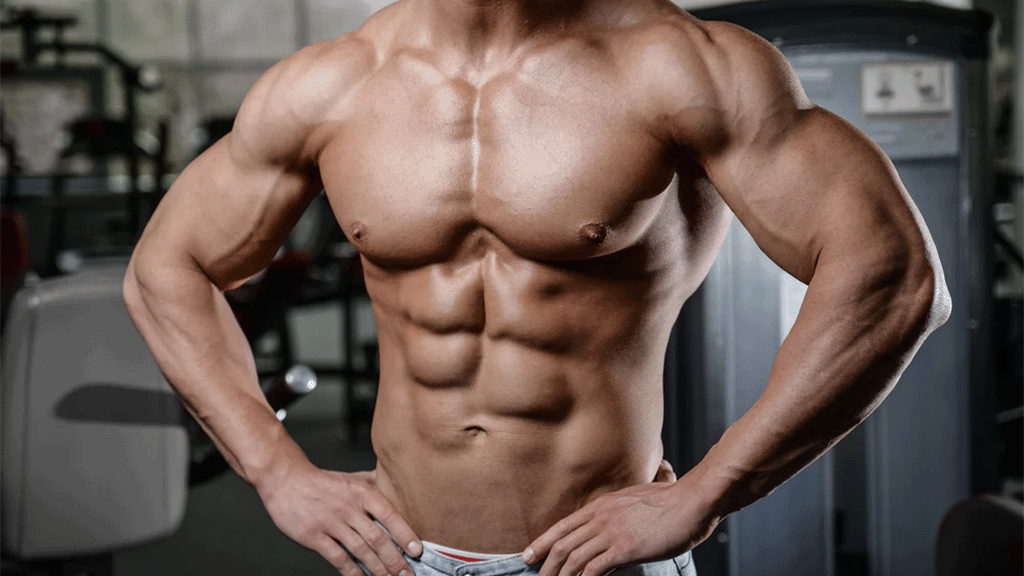
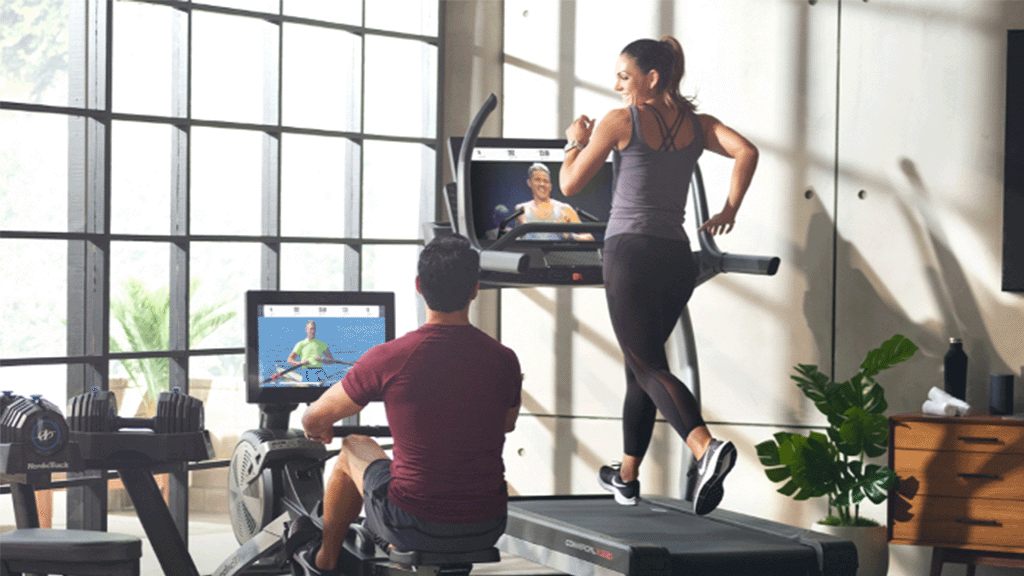
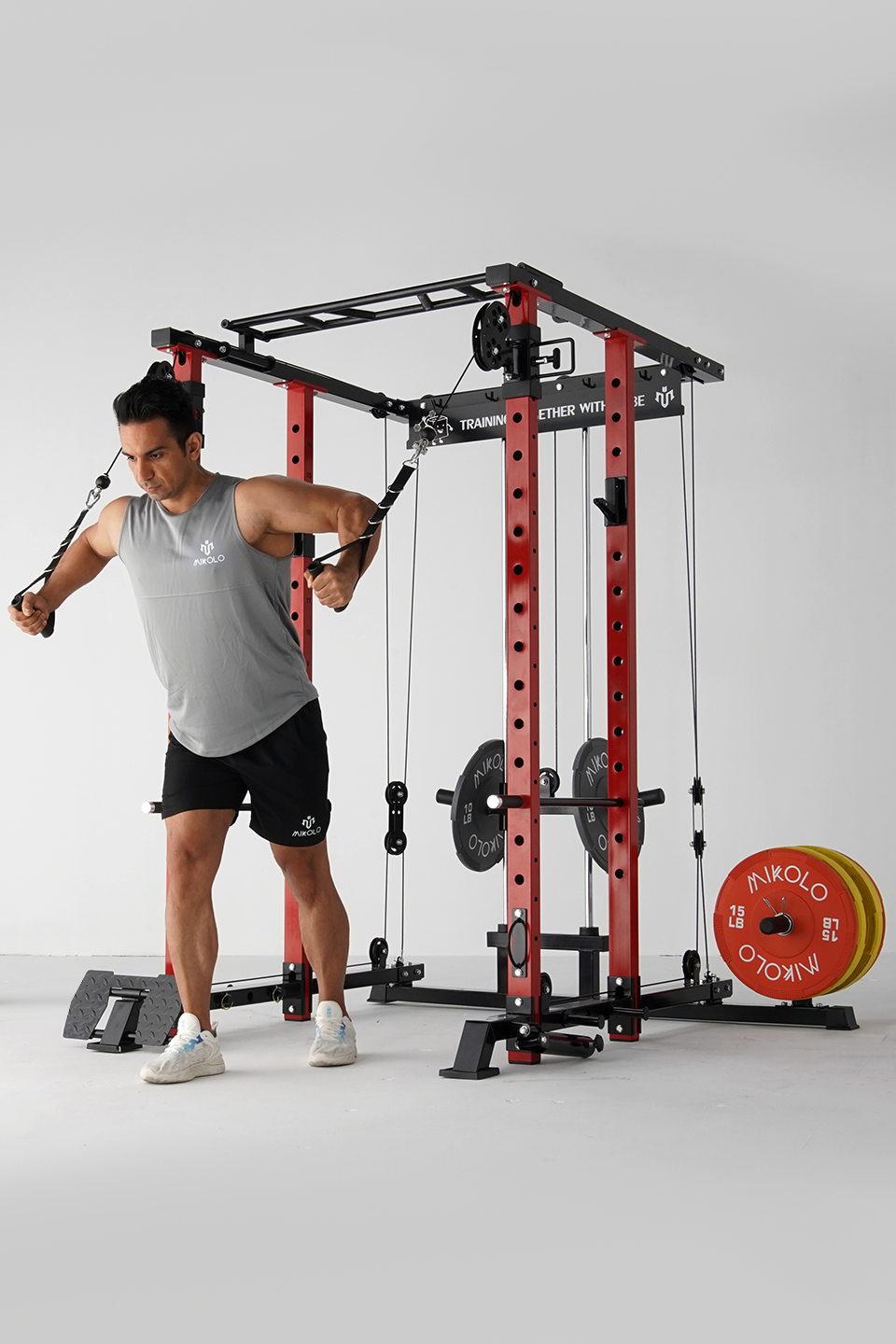
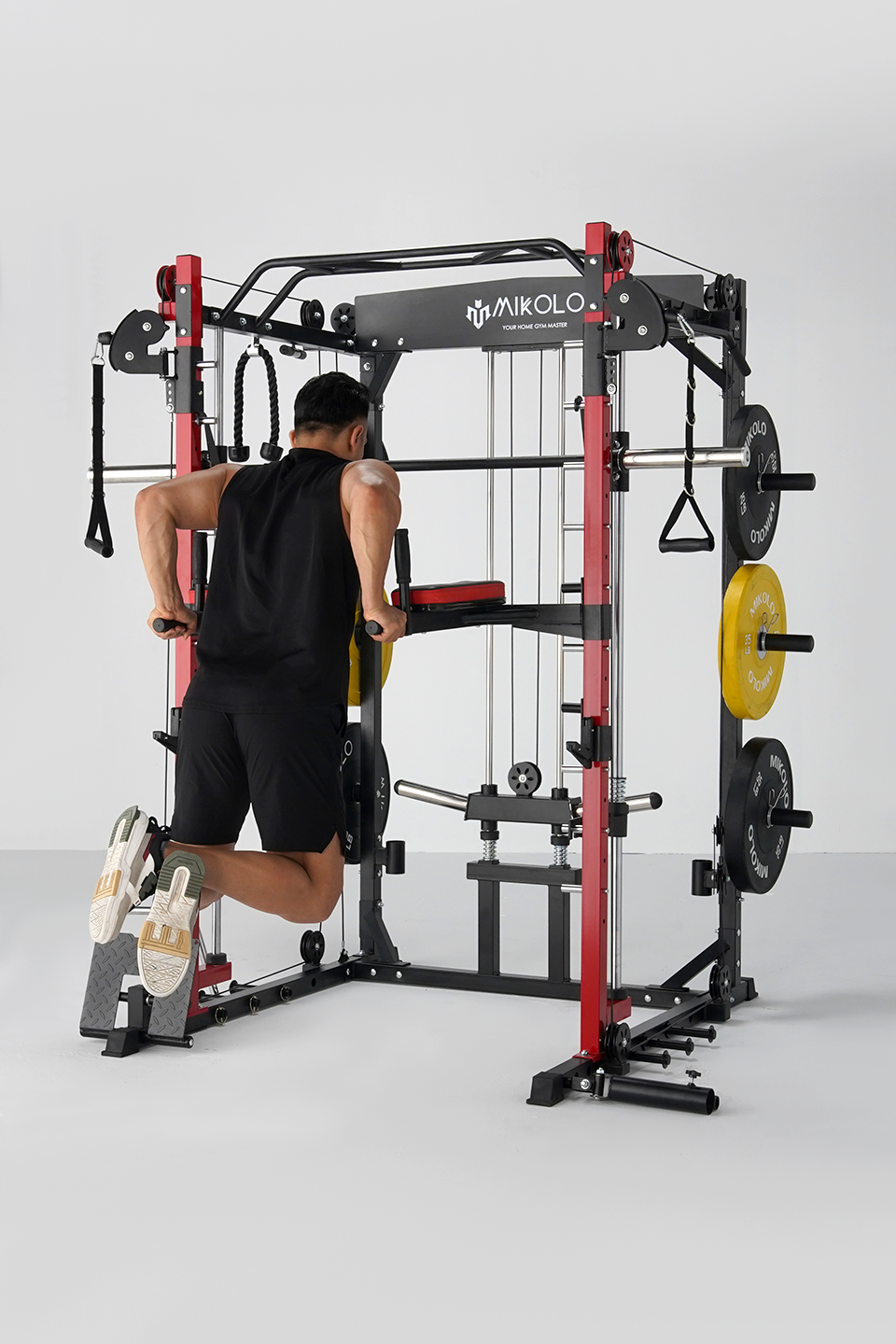


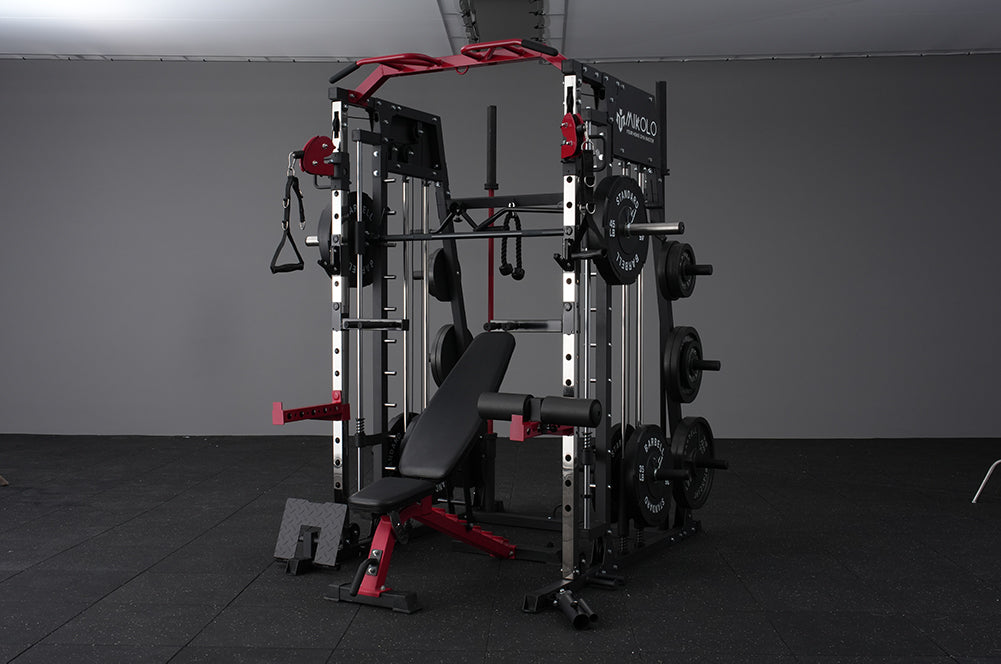


Leave a comment
This site is protected by reCAPTCHA and the Google Privacy Policy and Terms of Service apply.